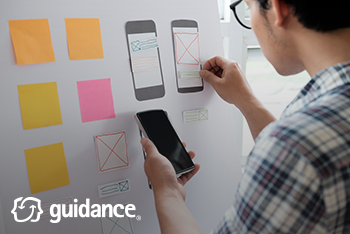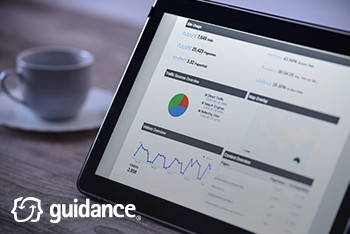Mobile is not just an isolated end-in-itself. Instead, it’s a game-changing multiplier that can help your business leverage the potential of all your channels.
 The
penetration of smartphones and portable devices has been exploding exponentially over the last five years. Because the medium is relatively novel, its possibilities and
best practices are still being discovered. Nevertheless, as the mobile revolution unfolds some things are becoming evident:
The
penetration of smartphones and portable devices has been exploding exponentially over the last five years. Because the medium is relatively novel, its possibilities and
best practices are still being discovered. Nevertheless, as the mobile revolution unfolds some things are becoming evident:
- Mobile is no longer just about e-commerce. It’s about store sales, wholesale, and every other channel.
- Mobile is your biggest billboard. Today, smartphones and portable devices are ubiquitous and have become the go-to method of navigating the Internet. If you do not have a first-rate mobile presence, users will simply go elsewhere.
- Your business needs to optimize for mobile first because the desktop’s relevance is fading fast.
At Guidance, we see clear evidence of this shift. For example, most of our clients now get well over 50 percent of their traffic from mobile devices alone. We expect this trend will only accelerate.
Testing is Critical
Because the technology is so new, many businesses have simply relied on their “gut instincts” as they stumble towards effective strategies and practices. However, simple A/B testing is a far more efficient and effective method of determining what works (and what doesn’t).
It comes down to the advice of management expert
Jim Collins-“Fire bullets before launching cannonballs.” After all, when you are trying to determine your aim, expending bullets first is a lot cheaper than investing in expensive cannonballs, which might never hit the mark.
Similarly,
A/B tests help you avoid the costly missteps that often attend hunches and wild guesses. Instead, it’s far better to develop a culture of testing, which allows your customers to vote and tell you what’s effective. Put simply, it’s the best way of adjusting quickly to an increasingly customer-centric world.
The Goals of Mobile Differ
Mobile is a vastly different experience than desktop. In some ways, it’s harder to use because screen sizes are smaller and navigation can be trickier. However, these devices give users unprecedented control and access to the digital experience anytime and anywhere.
 Furthermore, the possibilities and potential of mobile differ from desktop. Therefore, your goals for harnessing this medium need to be adjusted accordingly. For example, some users may not use their devices to conduct transactions, but they will still use them to
research products, locate nearby stores, and look for special offers for the products and services that interest them.
Furthermore, the possibilities and potential of mobile differ from desktop. Therefore, your goals for harnessing this medium need to be adjusted accordingly. For example, some users may not use their devices to conduct transactions, but they will still use them to
research products, locate nearby stores, and look for special offers for the products and services that interest them.
Consequently, you can’t just measure conversion rates when it comes to mobile platforms. Rather, you have to consider how the mobile experience impacts other aspects of the
buyer’s journey with your brand. Therefore, things you’ll want to test and measure include:
- Does a user’s initial mobile visit prompt them to buy in-store or via desktop?
- Are mobile customers using store location features?
- Do users respond to push notifications and real-time promotions?
What is engagement time at your mobile site like? Are certain features prompting them to drop off . . . or stay longer?
Takeaway
Mobile is fast becoming the epicenter of commerce, but it is far more than just a medium for conducting transactions. It is a way of building brand awareness, delivering customer service, and establishing consumer loyalty as well. The user’s mobile experience should be the primary focus of your testing efforts.
If you need any assistance or would like more information, please contact
Guidance.



